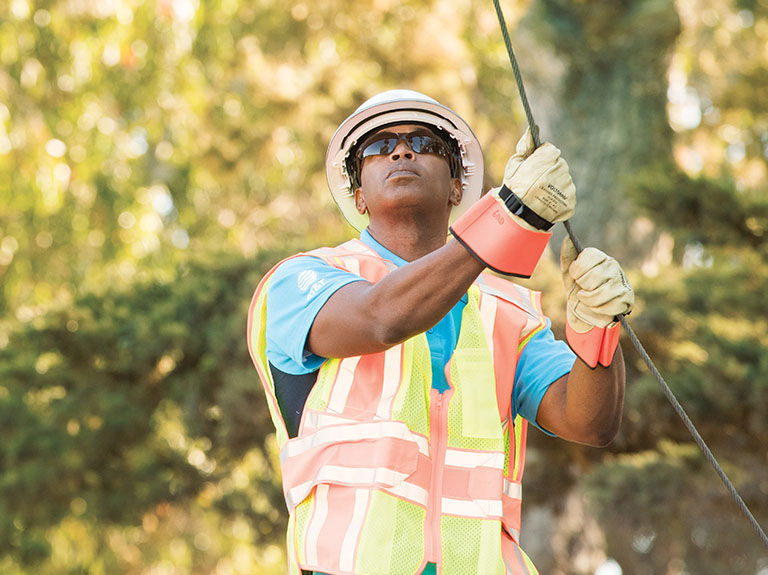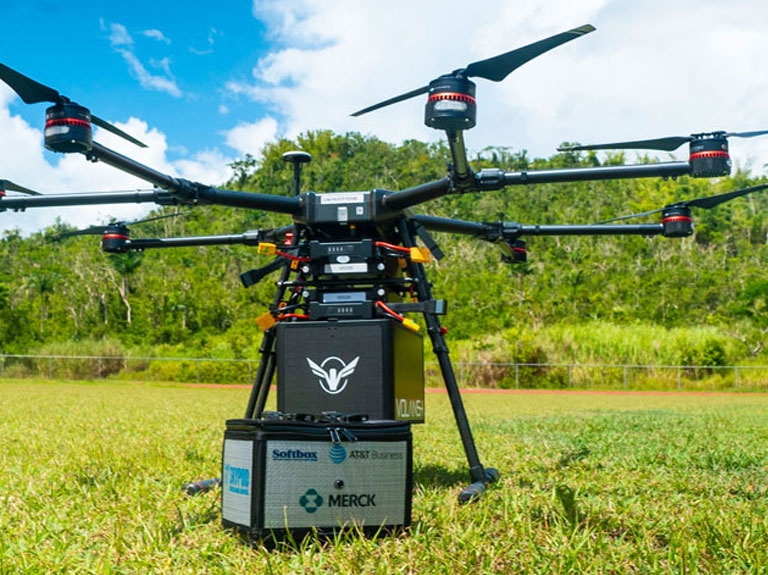Slick streets. Distracted drivers. Sudden traffic. The road can be a dangerous place. That’s why AT&T is doing its part to share it with you as safely as possible.
In recent years, my team has worked with various car manufacturers and vendors to update our fleet with the latest in safety technology. We’ve added elements like convex side mirrors, back-up cameras and back-up alarms in our technician vehicles. And we’ve placed reflective striping on the backs of our trailers, trucks and vans to help you see us better during the day and night – an addition that has reduced rear-impact accidents by 22% since we began striping a few years ago[1].
But now we’re doing even more.
If you own a newer vehicle, you know it can do some pretty neat things to help protect you on your drive. Features like back-up sensors, lane departure warnings and vehicle blind spot indicators essentially serve as your second set of eyes while you’re behind the wheel.
At AT&T, we’re adding many of these technologies to our fleet to help ensure our vehicles are as accident-proof as possible, too. In 2017, we began adding over a dozen cutting-edge features aimed at collision avoidance, like:
- Ultrasonic backup sensors
- LED brake lights
- Forward collision warning with braking
- Adaptive cruise control
- Lane departure warning technology
- Pedestrian and cyclist collision and detection warning
- Speed limit indicator
- Blind spot detection
- Rear-cross traffic detection
- Parking assist
This is the first time we’ve had vehicles this advanced to help protect both our drivers and the public. And while we’re working hard to upgrade our existing vehicles, the road doesn’t end there. Over the next several years, our goal is to add and replace over 11,000 new vehicles to our fleet, making our fleet not only one of the largest, but also one of the safest in the nation.
Watch the video to learn more about our latest fleet safety technology.
[1] GFO Six Sigma study, 2015

Kevin Hollander, Director - Fleet Asset Management, is based in Dallas, TX


